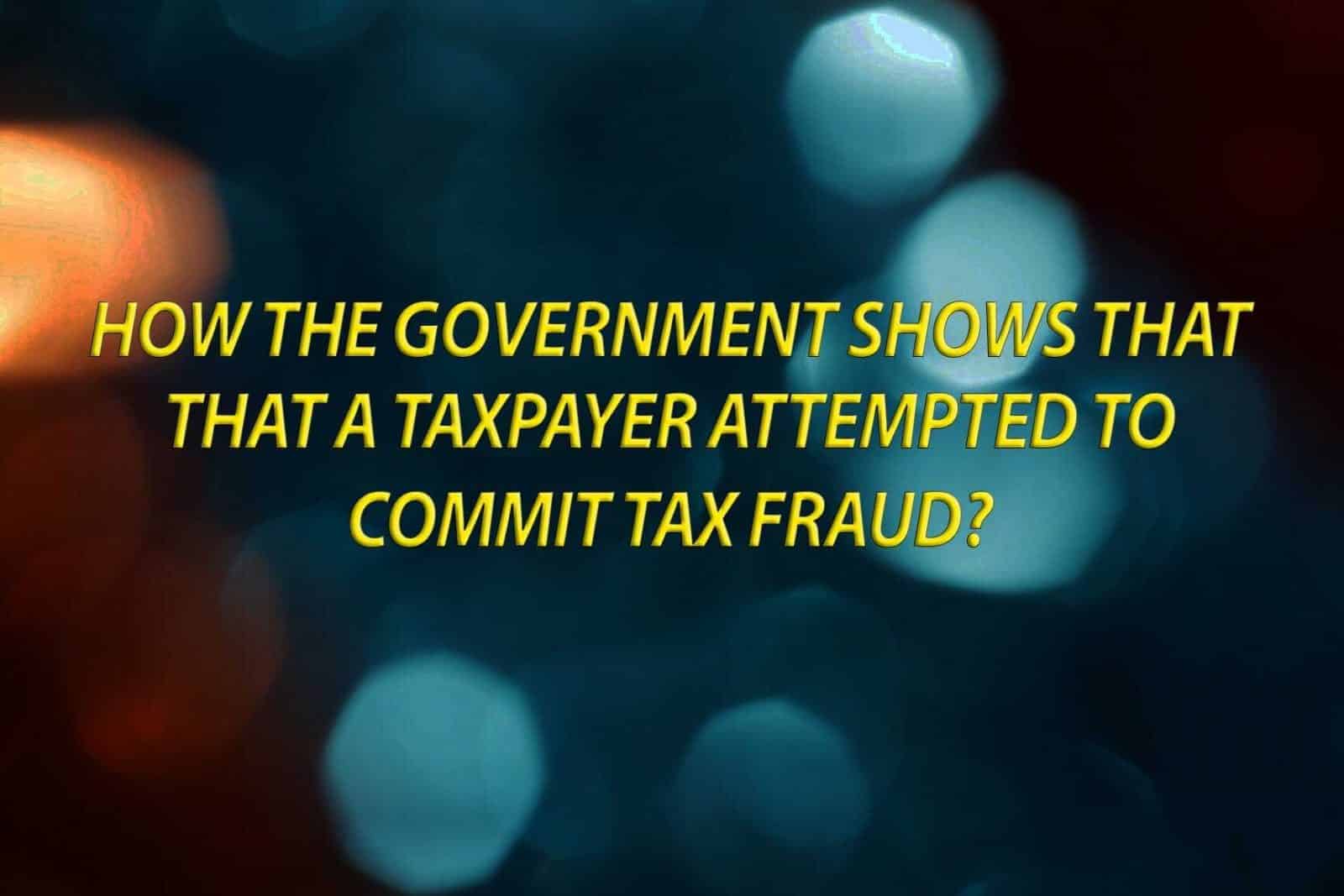
To show that someone is guilty of tax fraud, or evaded his taxes, the government must show that he “attempted” to evade his taxes. Usually, the government will try to infer this “mental state” element of the crime by pointing to circumstantial evidence. As the Third Circuit said, “[i]n the majority of criminal cases, the element of intent is inferred from circumstantial evidence.” U.S. v. Voigt, 89 F.3d 1050, 1090 (3d. Cir. 1996). These are indirect facts that, when weighed together, suggest that the taxpayer attempted to commit tax fraud.
It is instructive to point out that circumstantial evidence need not consist of “slam dunk” type facts. For example, having your business engage in only all-cash transactions is not, in itself, a fraudulent action. But, when it is combined together with other facts it could become a “negative” one, in the government’s favor. Negative facts are called Badges of Fraud, or facts that the IRS, FTB, other taxing authorities, and the Courts tend to find equate to fraud or run with fraud.
Consider also an example from the case cited just above. There, the taxpayer’s actions were “equally consistent with innocent activity” and there was no direct link between those actions and the “motive” or “intent” to evade his taxes. Even so, the court rejected the taxpayer’s argument that his actions were legally insignificant. In that case, the taxpayer (i) decided against purchasing some jewelry with cash when he discovered that a report to the IRS would be required; (ii) he required his clients to fill out certain confidentiality agreements that forbade them from disclosing details of the transaction; and (iii) he maintained an overseas bank account.
Taken individually, each of these facts is, strictly speaking, “equally consistent with innocent activity.” But the court found them to be legally significant in finding that the taxpayer had the intent to evade his taxes. The court stated that it had “no difficulty concluding” that based on his actions, when taken together, that they may “provide the jury with sufficient evidence from which it could infer that they were ‘designed’ to evade the payment of admitted tax deficiencies, even if such actions otherwise might constitute wholly innocent conduct.” U.S. v. Voigt, 89 F.3d 1050, 1090 (3d. Cir. 1996).












